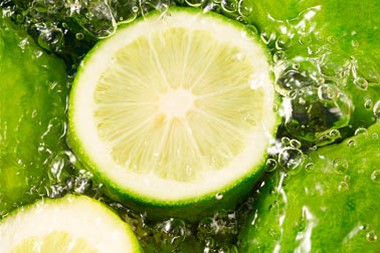Synthesis of DL-Mandelic Acid
DL-Mandelic Acid can be synthesized using a variety of different methods. One common approach involves the reaction of benzaldehyde with potassium cyanide to form a cyanohydrin intermediate. The cyanohydrin is then hydrolyzed with hydrochloric acid to form mandelic acid. Because this reaction produces a racemic mixture of (R)- and (S)-mandelic acid, the resulting product is referred to as DL-mandelic acid.
Another approach involves the hydrolysis of racemic mandelate esters, which are derivatives of mandelic acid. The ester is typically prepared using an alcohol and a carbonyl compound, such as acetic anhydride. The ester is then hydrolyzed with an aqueous acid to yield the corresponding mandelic acid.
DL-mandelic acid (2-hydroxy-2-phenylacetic acid) is an alpha-hydroxy acid that is used in a variety of applications, including as a cosmetic ingredient, a pharmaceutical intermediate, and a chiral resolving agent in organic chemistry. In this article, we will explore the properties, uses, and synthesis of DL-mandelic acid.
Properties of DL-Mandelic Acid
DL-mandelic acid is a white crystalline powder that is soluble in water, alcohol, and ether. It has a melting point of 119-121°C and a boiling point of 290-293°C at standard pressure. DL-mandelic acid is a chiral molecule, meaning it exists as two enantiomers: (R)-mandelic acid and (S)-mandelic acid. The (R)-enantiomer is the naturally occurring form in plants, while the (S)-enantiomer is found in some bacteria.Uses of DL-Mandelic Acid
1. Antibacterial & Antifungal Agent DL-mandelic acid has shown promising results in inhibiting the growth of bacteria, such as Staphylococcus aureus, Escherichia coli and Pseudomonas aeruginosa. It has also shown antifungal activity against Aspergillus niger, Candida albicans, and others.
2. Anti-inflammatory Agent DL-mandelic acid has shown anti-inflammatory activity, which helps in reducing inflammation and redness associated with skin conditions such as acne, rosacea, and psoriasis.
3. Skin-Whitening Agent DL-mandelic acid is widely used in the cosmetic industry as a skin-lightening agent. It is an effective alternative to hydroquinone, which is a controversial skin-lightening ingredient due to its side effects.
4. Chemical Peeling Agent DL-mandelic acid is also used in chemical peeling treatments, which help in treating acne, fine lines, wrinkles and other skin-related problems.
Chemical Applications of DL-Mandelic Acid
1. Chiral Synthesis DL-mandelic acid is used as a chiral auxiliary in asymmetric synthesis. It is used in the synthesis of drugs, agrochemicals and other biologically active compounds.
2. Metal Recovery DL-mandelic acid is also used as a chelating agent to recover metals such as copper, nickel, cobalt, and iron from ion exchange resins.
3. Polymer Modification DL-mandelic acid has shown potential in modifying the properties of polylactic acid, which is a biodegradable polymer used in various applications, such as packaging and medical implants.
Conclusion
DL-mandelic acid is a versatile compound with a wide range of uses in cosmetic, pharmaceutical, and chemical applications. Its ability to act as a chiral resolving agent makes it an important tool for organic chemists, while its exfoliating properties make it a popular ingredient in skincare products. With a greater understanding of the properties and uses of DL-mandelic acid, researchers can continue to explore new ways to utilize this valuable compound in the future.
Please contact usselina@ciybio.com.cn



